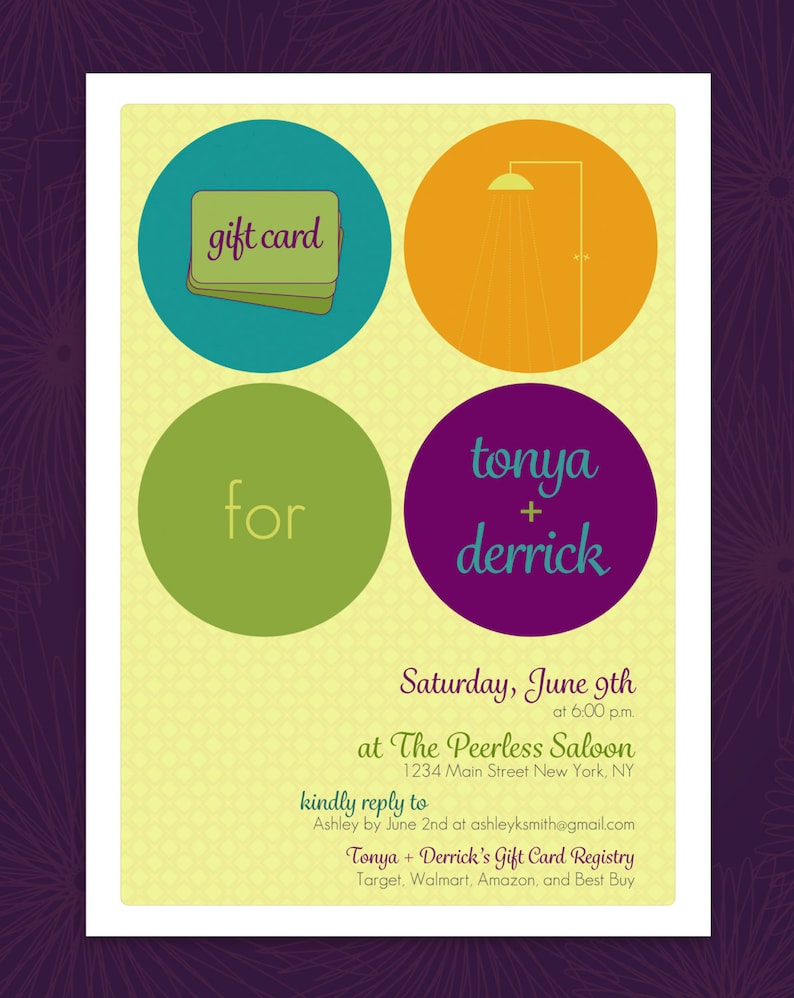Famous Historical Glass Engravers You Need To Know
Glass engravers have been very competent artisans and artists for countless years. The 1700s were specifically noteworthy for their accomplishments and appeal.
For example, this lead glass goblet demonstrates how engraving integrated style fads like Chinese-style motifs into European glass. It additionally highlights how the ability of an excellent engraver can produce illusory depth and aesthetic texture.
Dominik Biemann
In the very first quarter of the 19th century the standard refinery region of north Bohemia was the only place where naive mythical and allegorical scenes engraved on glass were still in fashion. The cup envisioned here was etched by Dominik Biemann, that concentrated on tiny portraits on glass and is regarded as one of one of the most essential engravers of his time.
He was the kid of a glassworker in Nové Svet and the bro of Franz Pohl, an additional leading engraver of the period. His work is characterised by a play of light and darkness, which is specifically evident on this cup presenting the etching of stags in timberland. He was additionally known for his deal with porcelain. He died in 1857. The MAK Museum in Vienna is home to a big collection of his jobs.
August Bohm
A remarkable Nurnberg engraver of the late 17th century, Bohm worked with delicacy and a sense of calligraphy. He engraved minute landscapes and inscriptions with strong formal scrollwork. His work is a forerunner to the neo-renaissance style that was to dominate Bohemian and various other European glass in the 1880s and past.
Bohm welcomed a sculptural sensation in both alleviation and intaglio inscription. He exhibited his mastery of the latter in the finely crosshatched chiaroscuro (watching) impacts in this footed goblet and cut cover, which illustrates Alexander the Great at the Fight of Granicus River (334 BC) after a paint by Charles Le Brun. In spite of his significant ability, he never accomplished the popularity and ton of money he sought. He died in penury. His partner was Theresia Dittrich.
Carl Gunther
In spite of his steadfast work, Carl Gunther was an easygoing guy who took pleasure in hanging out with family and friends. He liked his everyday ritual of going to custom glass message ideas the Collinsville Senior citizen Center to delight in lunch with his buddies, and these moments of camaraderie provided him with a much required reprieve from his requiring occupation.
The 1830s saw something rather remarkable happen to glass-- it became vivid. Engravers from Meistersdorf and Steinschonau developed highly coloured glass, a taste known as Biedermeier, to fulfill the demand of Europe's country-house courses.
The Flammarion inscription has actually ended up being a symbol of this new preference and has appeared in books dedicated to science in addition to those checking out necromancy. It is additionally found in many gallery collections. It is thought to be the only enduring instance of its kind.
Maurice Marinot
Maurice Marinot (1882-1960) started his career as a fauvist painter, yet came to be interested with glassmaking in 1911 when going to the Viard brothers' glassworks in Bar-sur-Seine. They provided him a bench and educated him enamelling and glass blowing, which he mastered with supreme skill. He established his very own strategies, utilizing gold streaks and manipulating the bubbles and various other all-natural imperfections of the product.
His technique was to deal with the glass as a creature and he was one of the very first 20th century glassworkers to use weight, mass, and the visual result of all-natural imperfections as aesthetic components in his jobs. The event shows the substantial effect that Marinot carried modern-day glass production. Unfortunately, the Allied bombing of Troyes in 1944 damaged his workshop and countless drawings and paints.
Edward Michel
In the very early 1800s Joshua presented a design that simulated the Venetian glass of the period. He made use of a method called diamond point engraving, which entails scraping lines into the surface area of the glass with a difficult steel execute.
He also established the first threading maker. This invention permitted the application of long, spirally wound tracks of color (called gilding) on the main body of the glass, an important attribute of the glass in the Venetian style.
The late 19th century brought brand-new style concepts to the table. Frederick Kny and William Fritsche both worked at Thomas Webb & Sons, a British firm that specialized in excellent quality crystal glass and speciality coloured glass. Their work mirrored a choice for classical or mythological topics.

Comments on “How To Prepare Glass For Etching Or Engraving”